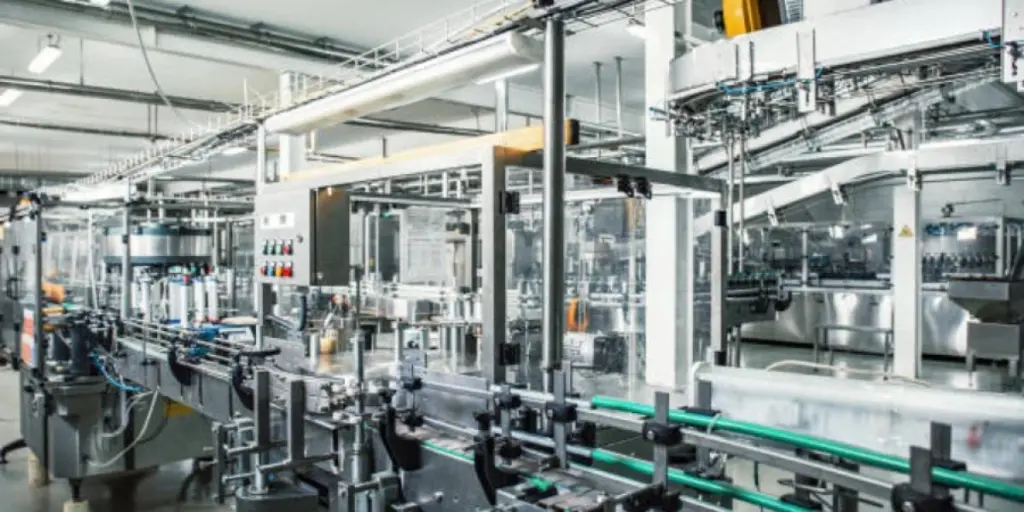Manufacturing is quite an extensive process that involves converting raw materials into finished goods. Manufacturing equipment comprises the tools, machines, and systems used in the production process. The goal of this equipment is to increase productivity, improve quality, and reduce costs in the manufacturing process. There are different types of manufacturing equipment used in the manufacturing industry and each has its unique purpose.
This article will dig deeper into the different types of manufacturing equipment. Additionally, it will discuss the market share, size, demand, and expected growth rate of manufacturing equipment.
Table of Contents
Overview of the manufacturing equipment market
The different types of manufacturing equipment
Conclusion
Overview of the manufacturing equipment market
Globally, manufacturing equipment is produced by various major companies. Some of these companies include Applied Materials Inc, Tetra Laval International SA, and Tokyo Electron Ltd. The manufacturing machinery market includes several industrial departments like textile-making machinery, rubber and plastics-making machinery, printing machinery, and others.
The international manufacturing machinery market size was valued at USD 572.62 billion in 2021 and is expected to expand to USD 793.85 billion by 2025 at a CAGR of 9%. The growth during this forecast period is mainly attributed to rapid advances in technology which will drive innovation in industrial machinery.
Regionally, Asia Pacific registered the largest market share, accounting for around 56% in 2020. Western Europe recorded a 20% market share, which was the second largest. Additionally, Africa was the smallest region represented in the global manufacturing machinery market.
The different types of manufacturing equipment
1. Milling machines
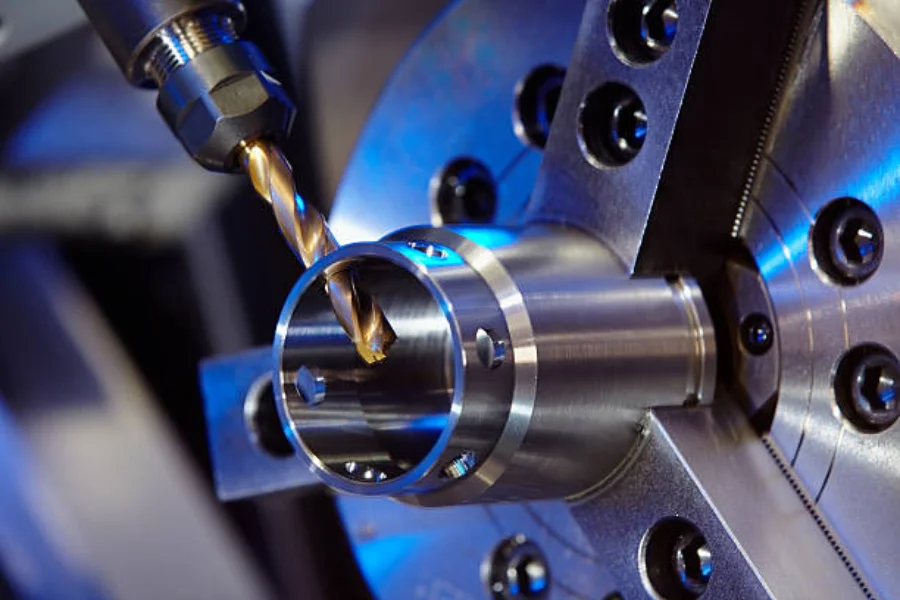
Milling machines execute the machining operations that involve turning the cutting tool edge or blade on the workpiece to create the desired shapes and designs. They are used to machine flat, rough, and irregular surfaces where the workpiece is fed against a rotating milling cutter. Generally, most CNC milling machines have a precision and accuracy ranging from 0.01mm to 0.03mm. Additionally, a standard milling cutter has a diameter ranging from about 16mm to 630mm. The diameter is selected based on the milling depth and width.
Primarily, milling machines are classified into two broad categories: horizontal and vertical. They are further grouped as ram-type, knee-type, manufacturing or bed-type, and planer-type milling machines. These categories include self-electric driven motors, power-operated table feeds, coolant systems, and variable spindle speeds.
2. Drilling machines
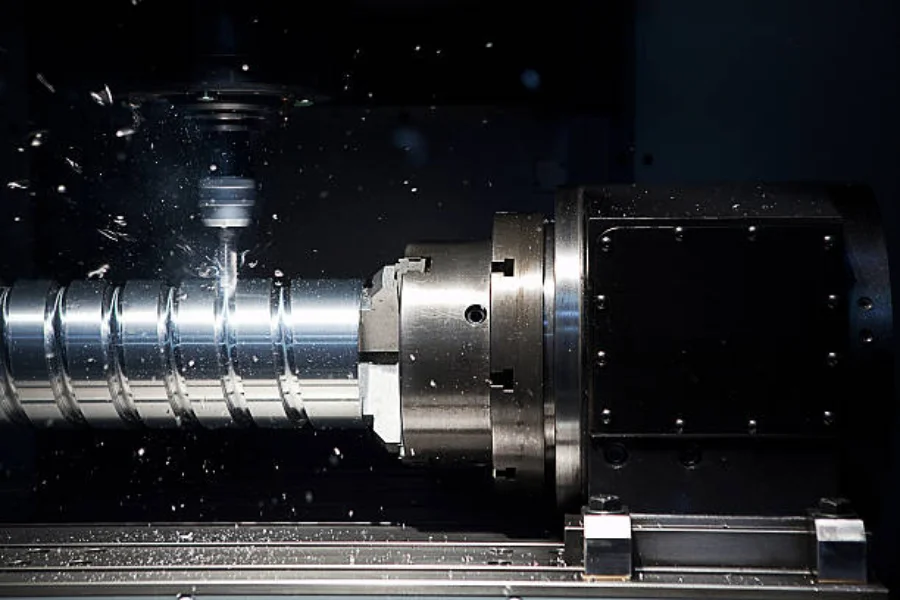
Drilling machines produce holes by bringing a rotating cutter that has cutting edges in contact with the workpiece. The machines operate on the principle that the edge of the cutting tool exerts a force on the workpiece while holes are created. The material is removed through the shearing and extrusion process.
Some of the different types of drilling machines are:
– Upright or column drilling machines
– Portable drilling machines
– Multi-spindle drilling machines
– Vertical turret type drilling machines
3. Turning machines

Turning machines turn the workpieces into different desired shapes and designs. The process involves the rotation of a part while a single-point cutter moves parallel to the axis of rotation. It is usually performed on both the external and internal surfaces of a workpiece. Turning machines are widely used in various industries to produce small and large parts, tools, and prototypes.
They employ the highest degree of accuracy and precision; thus, they are ideal for the addition of rotational features to parts. There are several types of turning machines and they are classed depending on their use. For instance, computer numerically controlled (CNC) and conventional lathes have a precision turning ranging from 5 microns to 6 microns. When it comes to sizing, most turning machines are grouped according to the distance between the centers. On average, most of these machines have a 36 to 48 inches distance between the centers and a 15 inches swing.
4. Quality testing machines
Quality testing machines are used to measure the quality of goods and services. This enables the products to survive the competitive business environment because they have met the minimum quality requirements. Examples of quality inspection instruments include:
– Profile projector
– Rockwell hardness testing machines
– Coordinate measurement machines
– Surface roughness testing machines
– Profile scanning equipments
– Vernier calipers
– Micrometers
– Bore gauges for metallic items
5. Packaging machines
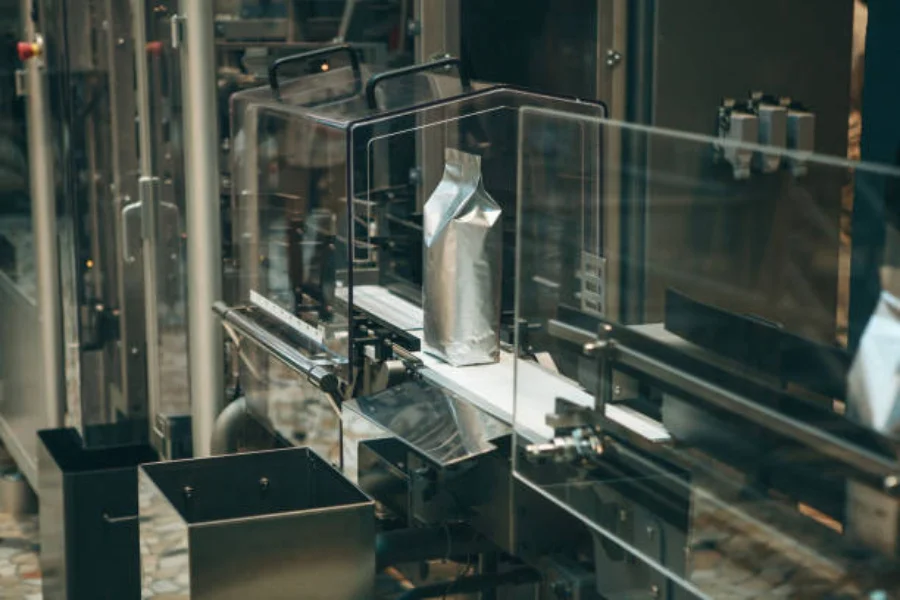
Packaging machinery enables packaging operations involving primary packages to distribution packs. The packaging process includes cleaning, fabrication, filing, combining, sealing, labeling, overwrapping, and palletizing.
Packaging equipment may be of the following general types:
– Accumulating and collating equipment
– Skin packs, blister packs, and vacuum packaging machines
– Box tray, case, carrier forming, and sealing machines
– Bottle caps machines
– Over-capping, closing, lidding, and seaming machines
6. Grinders
Grinders are involved in abrasive machining processes to cut tools using a grinding wheel. Grinding is used widely in the manufacturing sector, especially in toolmaking. It produces accurate dimensions and finely finished items. Grinders are better suited for machining hard materials and taking shallow cuts.
Grinding is a subset of cutting and a true metal-cutting process. The two methods of grinding are lapping and sanding. Additionally, grinders have discs that vary in size but the most common size range is 115mm to 230mm. With this, buyers can achieve a grinding precision of about 0.000025mm because it is a finishing operation.
Some of the machines used for grinding include:
– Various types of expensive industrial machine tools like grinding machines
– Handheld power tools like angle grinders and die grinders
– Bench grinders
– Hand-cranked knife-sharpening stones (grindstones)
7. Cranes
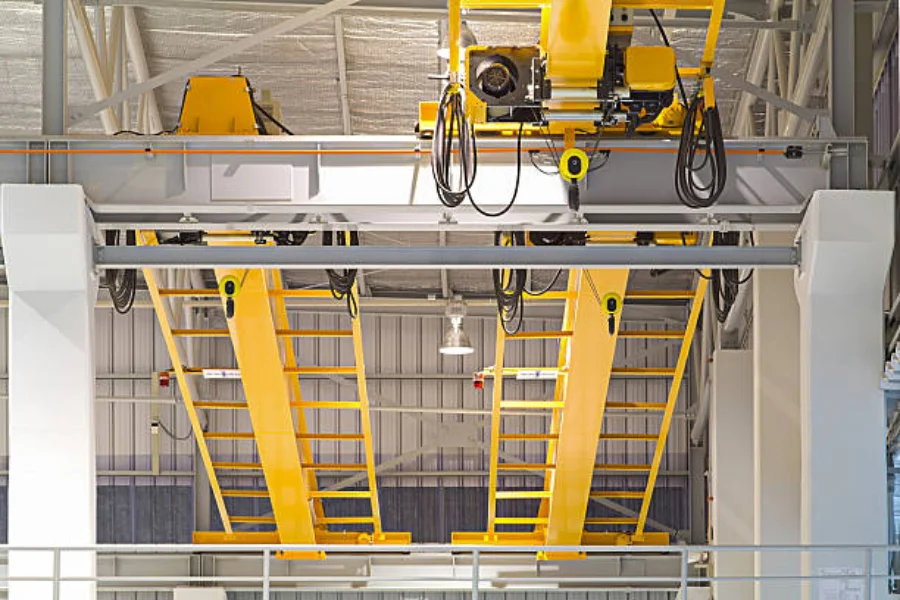
Overhead cranes are machines that are used for lifting heavy items from one place to another. The cranes are engineered and designed for specific purposes or applications in order to better handle the material needs. They are built in various types of configurations or components that can be swapped out or engineered to improve their performance and capacity.
Overhead cranes have various applications, which include:
– Loading and unloading materials from trucks
– Filling or pulling dies in and out from stamping machines from manufacturing plants
– Moving materials around in a facility in a more efficient manner compared to human workforce
– Feeding raw materials into a machine during production
– Moving containers around in a rail yard or a shipyard
– Moving different parts and pieces down on an assembly line
8. Surface treatment machines
Surface treatment is an additional process administered to material surfaces with the intention of adding functions, for instance, wear and rust resistance or improving decorative properties to enhance their appearance. Surface treatment machines perform different categories of removal processes, including melting or scraping surfaces. Also, the machines work in additive tasks like painting and heat treatment.
The following are the common surface treatment methods:
– Cleaning – blasting, cleaning, and honing
– Polishing – mechanical, chemical, and electropolishing
– Painting – spray painting, electrostatic coating, and electrodeposition coating
– Plating – electroplating, chemical, and hot-dip coating
– Heat treatment – surface quenching, charcoal burning, and nitriding treatment
Conclusion
Manufacturing machinery can be categorized in many ways according to the type of industry, size, purpose of the equipment, and method of actuation. The machines enhance efficiency while helping companies meet the swelling demand for their products. Also, they minimize operational costs as they require less expertise to function with no mistakes or errors that could result in losses. To acquire quality machinery for manufacturing purposes, visit Alibaba.com.
